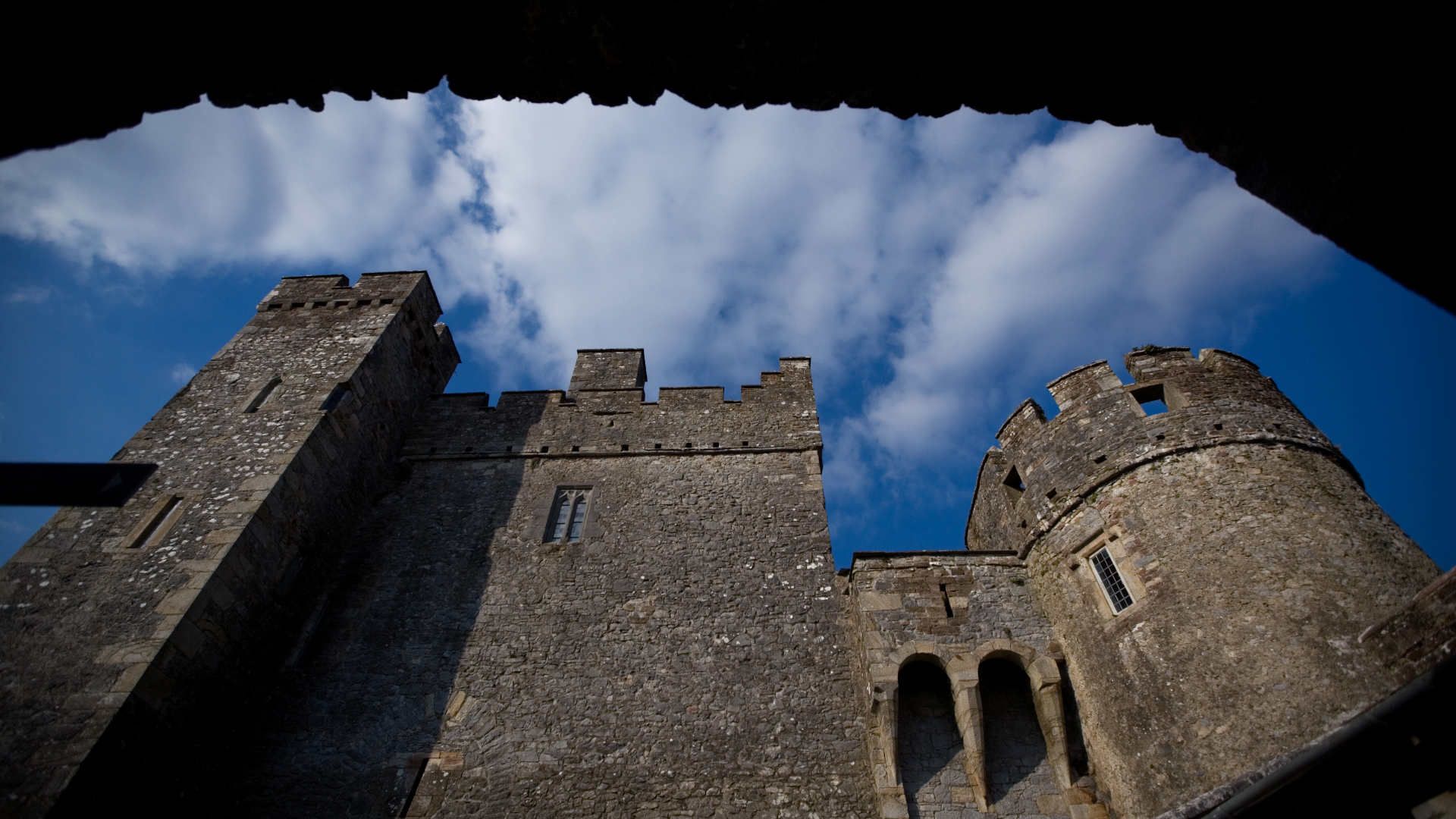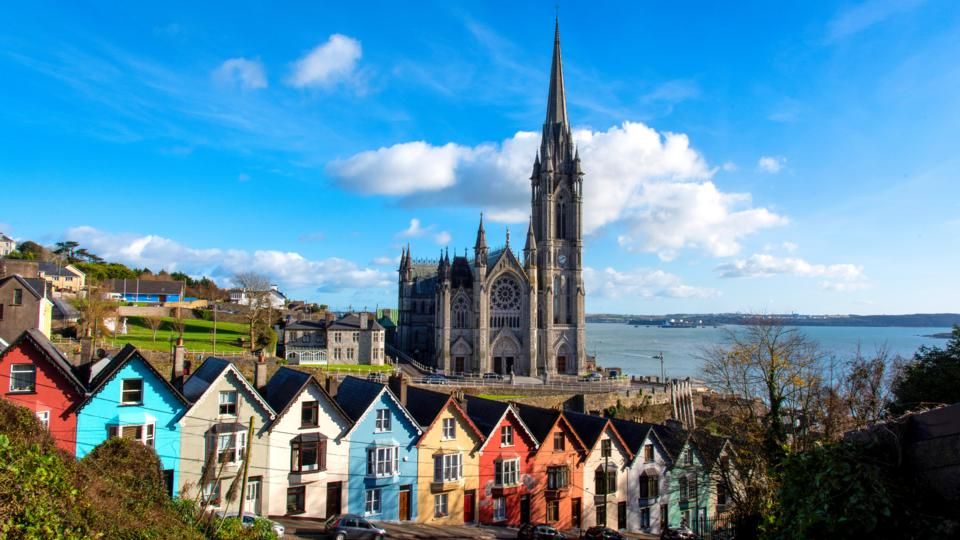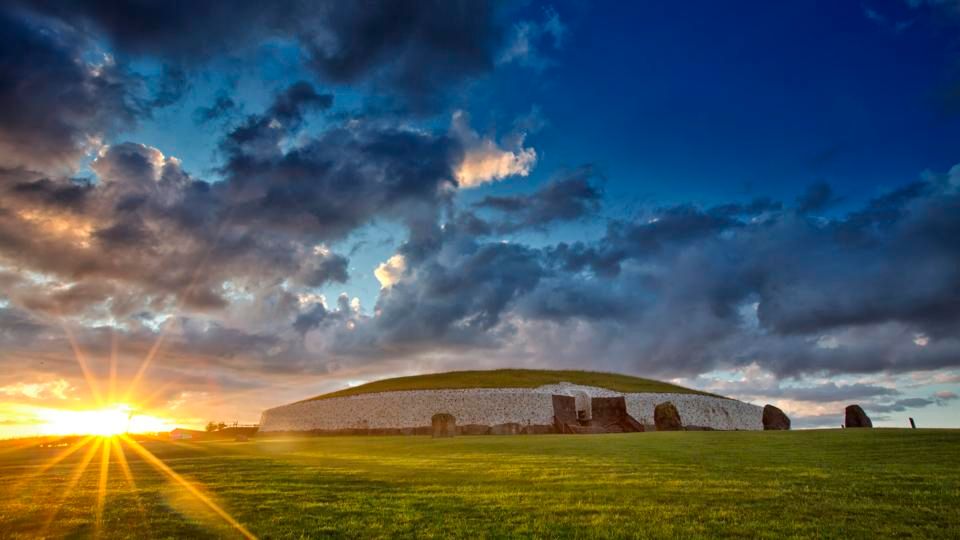From the Irish Loop on Newfoundland’s Avalon Peninsula, where the lilt of an accordion can reliably be heard bellowing out from an oceanside pub, to the Caledon Hills north of Toronto, where towns like Wildfield, Tullamore, and Sligo trace their history back clearly across the ocean, Canada has always worn its Irish heritage proudly on its sleeve. That grand history is there too in the stories of many of those who’ve come to define the country – from pioneers like Timothy Eaton and Nellie McClung to sporting heroes like Bobby Orr – and if you know where to look, you can see it in every aspect of modern life, and back over the ocean in the places where the stories began.
The Irish weren’t the first settlers to make a good fist of it on the frontiers of Canada, but without their stubbornness, humour, inventiveness, and art – their Irishness, really – it wouldn’t have been the Canada we’ve come to know. Of course, it would have also been a lot more difficult without Irish inventions such as the tractor, the pneumatic tire, and milk of magnesia for the troubled stomachs that come with opening up new territory.
Between 1815 and the 1860s, half a million Irish arrived in the country, 60 percent of total arrivals. Four of the country’s 22 prime ministers have been of Irish stock, and over 4.5 million Canadians – more than 10 percent of the total population – currently claim Irish heritage. There’s been a St Patrick’s Day celebration every year in Montreal since 1824, and Toronto’s, one of the largest in North America, saw over a quarter of a million people line the streets in 2019, with more than 4,000 parade participants painting the city green.

Early Migration
A lot of Newfoundlanders will tell you that it’s their Irish persistence that makes them what they are. Brought there from home to do the hard work in the newly established fisheries, it was settlers initially from Cork and later from Waterford and surrounds, who put down roots and overwintered in the outports, establishing permanent settlements. In fact, in the mid 19th century, a British government official described Newfoundland as “merely Waterford parted from the Sea.” If you visit Waterford today, you’ll find a civic plaque marking the point where thousands began that journey of migration.
With famine and unrest driving emigrants over the waters in search of a better life, it didn’t take long for the Irish to spread beyond Newfoundland to the rest of Canada. In 1847, or Black ’47, some 15,000 Irish arrived in the bustling timber and shipbuilding port of Saint John, New Brunswick, while emigrants from Cavan and Donegal made their way to Nova Scotia. Migrants arrived as far inland as Montreal on brutal “coffin ships”. This was as far down the St Lawrence as was possible before the construction of the Lachine Canal, an engineering wonder that would ultimately be built largely by Irish migrant hands. Within five years of 1847 roughly a quarter of Toronto was Irish Catholic. In Tamworth, east of Toronto and just north of Napanee, another key migrant landing site was recognised in 2007 with the only officially sanctioned Gaeltacht (designated Irish-speaking area) outside of Ireland. Ireland Park, on Toronto’s lakeshore, features sculptures directly mirroring those in Dublin’s Famine Memorial – a single project across an ocean.
Tracing it Back
The Waterford Museum of Treasures documents the long history of the oldest city in the Republic, from Viking settlement onwards. Don’t miss the display dedicated to the city’s deep links to Newfoundland. After museum duties, be sure to take in a pint and a few reels at The Munster, one of the oldest pubs in the city, while you imagine your ancestors doing the same at the very same bar, as they steeled themselves to step on the boat and into the unknown.
Prince Edward Islanders tracing their lineage back to County Monaghan might start at Carrickmacross Workhouse, where on-site genealogists can help you find out whether your ancestors could have been housed there during the Great Hunger. But after that, turn your attention to the beauty of the surroundings they left behind, taking in fishing or hiking the 900 acres of wooded terrain around the beautiful freshwater lake of Lough Muckno, or heading via a quick drive and ferry to Devenish Island in County Fermanagh, where you can explore many centuries worth of stunning monastic ruins.
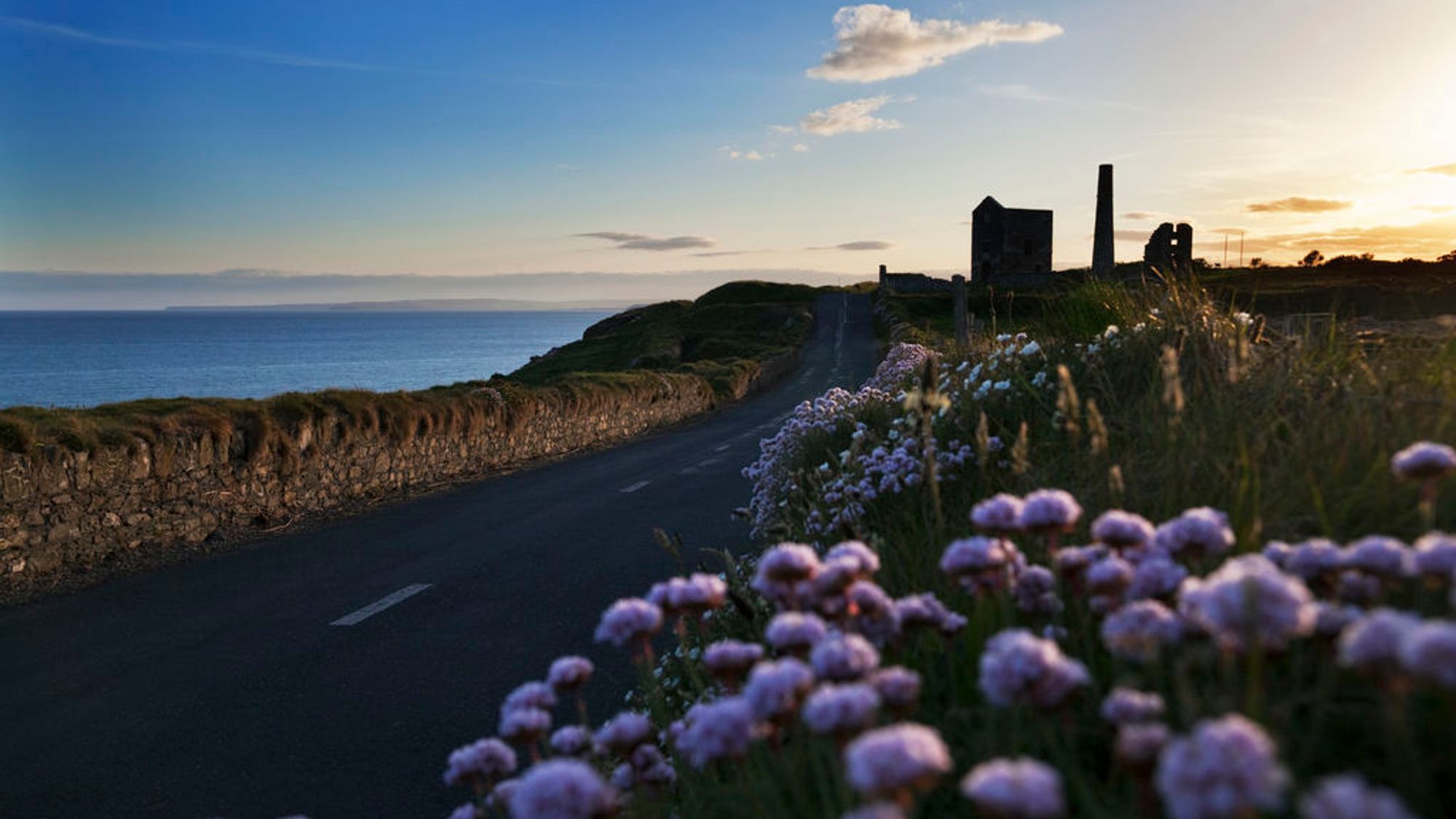
Four Nation Builders: The Nationalist, The Shopkeeper, The Brewer and the Battler
It didn’t take long for Irish settlers to write their own stories in the new nation’s pages. Thomas D’Arcy McGee, born in Carlingford, County Louth, as the son of a coastguard, was one of the many thousands who arrived by ship to Quebec in the 1840s. Though he wasn’t a labourer, the path he would blaze would be every bit as important to the nation as the Lachine Canal, both in his advocating for Canadian emigration at home, establishing newspapers, and ultimately as a politician, laying the foundations of confederation that would have him be called “Canada’s First Nationalist.”
Meanwhile, in 1854, the young apprentice shopkeeper Timothy Eaton, leaving the family homestead in Ballymena in County Antrim. From his establishment of the T. Eaton company in Toronto, through to the introduction of the Eaton’s mail order catalogue in 1884, his name became, and remains, synonymous with how Canadians shop. Just before his death in 1907, the expansion of Eaton’s into Winnipeg led the railway-driven expansion west. Though the Eaton’s business ultimately collapsed in the early 2000s, his name still lives on in the Eaton Centre in the heart of downtown Toronto, and in Winnipeg, fans of the Jets hockey team rub the foot of his statue for luck as they parade into matches held on the site of his grand old store.
Building a new nation is also thirsty work, and there aren’t many names that taste so familiar on the tongue to a Canadian as that of John Kinder Labatt. Labatt, born in County Laois, came to London, Ontario as a farmer but it was as a pioneer brewer that he made his name – one that’s still emblazoned on a good portion of Canada’s beer bottles today.
First generation children, too, brought the Irish spirit to their new fights. Nellie McClung, her father a Methodist farmer migrated from Tipperary, is remembered by Canadians for her profound influence on the rights of women across the country. Her 1915 book In Times Like These began with the dedication “believing that the woman's claim to a common humanity is not an unreasonable one.” One year later, her core role in the suffrage fight helped Manitoba women earn the vote – the first Canadian province where they would win that right.
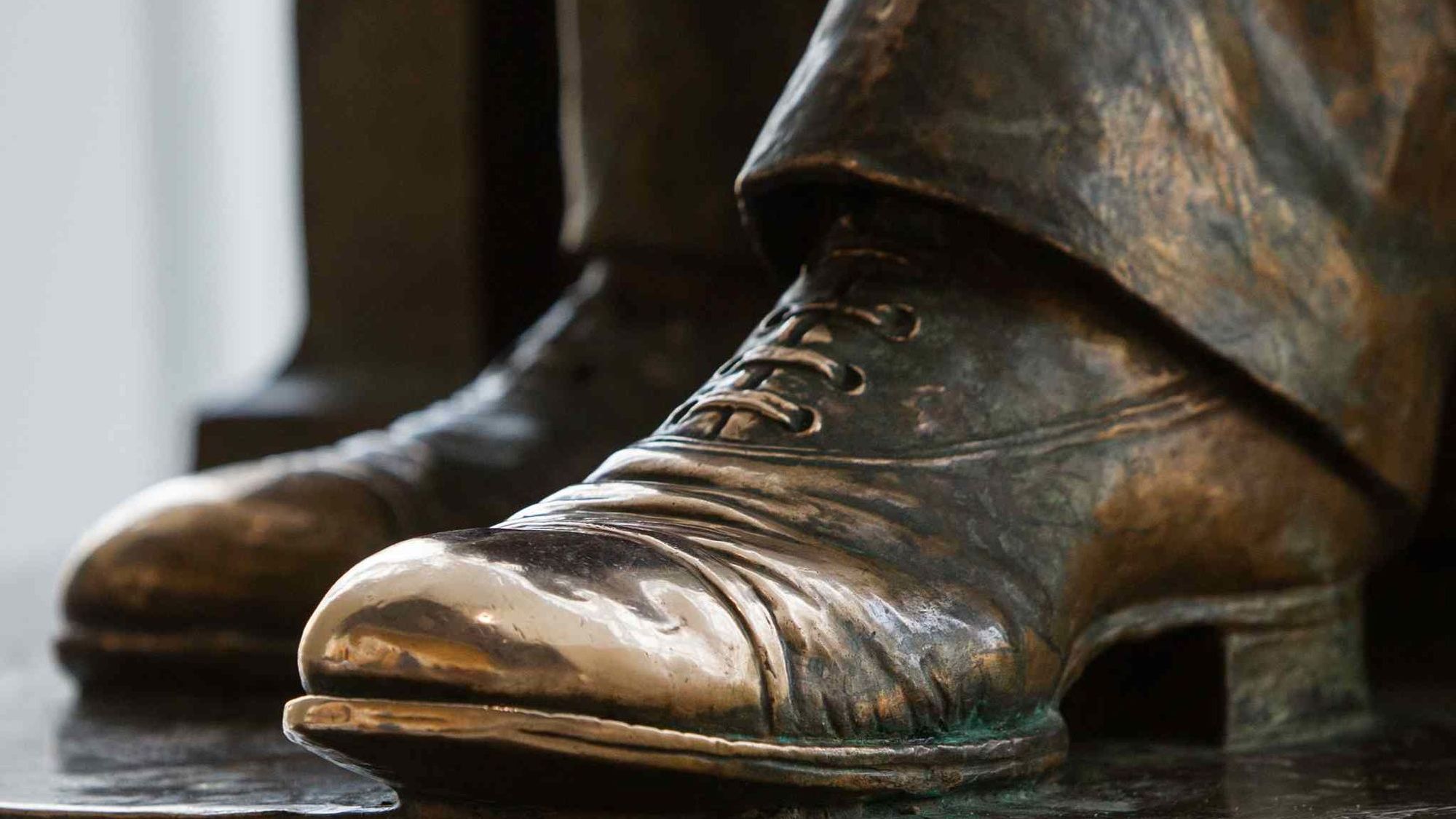
Shared Connections
Before the Atlantic was formed 180 million years ago, these two land-masses would have been side by side, and they continue to share geological heritage. But in the aeons since, the Irish and Canadians have kept watch over that ocean together. Connection wasn’t only by boat – in 1858, the first transatlantic telegram was sent from Valentia Island in Co. Kerry to Heart’s Content in Newfoundland, reducing communication time between the continents from days down to minutes. This connection between Ireland and Canada might have been the moment of the birth of global telecommunications – and Valentia Island, the birthplace, is currently undergoing a bid for UNESCO World Heritage status as a result! Later, Guglielmo Marconi’s pioneering experiments in wireless transmission saw the first permanent commercial transatlantic service established in 1907, transmitting from Derrigimlah Bog in County Galway on the Wild Atlantic Way - recently named the 2020 European Capital of Culture - to Glace Bay in Cape Breton. A few years later, it was this wireless technology that would pick up the distress signals of the Titanic, floundering in ice off the Newfoundland coast.
Tracing it Back
For a townie from St John’s, wondering where the inspiration for the city’s brightly coloured Jelly Bean row houses came from, a trip around the fishing villages of County Cork will quickly answer the question. But not even a St John’s native will be entirely prepared for the electric, fluorescent colours of the buildings lining the streets of Kinsale, a short ride from Cork City on the south coast. They will, however, find the nightlife comfortably familiar.
For many boats on their way across the Atlantic, the last light of land they would have seen was at the Fanad Lighthouse on the headland of the Fanad peninsula in County Donegal. The Lighthouse, first lit in 1817, now features self-catering on-site accommodation – a perfect respite from which to explore all that Donegal has to offer, from the cliffs of Sliabh Liag to the Inishowen Peninsula, a staggering landscape that will feel familiar and other-worldly to those who have seen it in Star Wars: The Last Jedi.
Canadians may think they’ve explored the heritage of the Titanic’s doomed voyage, from the museum exhibits in St John’s to the lighthouse at Cape Race where the doomed ship’s signal was heard, but the Titanic Experience in Belfast will take them back to the shipbuilding yards where it all began, in a spectacular 12,000 square metre space devoted to every aspect of the ship’s story.

Music
If an Irish visitor was to take a walk down George Street in St .John’s late at night, any night of the week, or duck their head into the Duke of Duckworth while a band was playing, it’d feel more than a little like home. Just as the boats came over from Waterford, so did the songs and the place music holds at the heart of a good life. From Ontario lumber camps to Newfoundland’s coast, the folk songs that ring out are Irish to the core. Over the years, as bands like The Irish Rovers, the Irish Descendants and Great Big Sea have returned to that well of folk songs for inspiration, they’ve found new ways to sing them but the spirit remains the same.
It’s not just folk music though – from Kate & Anna McGarrigle and Stompin’ Tom Connors to Mary Margaret O’Hara, who REM’s Michael Stipe once called a Canadian national treasure, musicians of Irish descent remain amongst the country’s most influential. Kingston, Ontario’s The Mahones, formed in 1990 by Dublin-born Finny McConnell initially for a one-off St Patrick’s Day party, have been constant, bagpipe-wielding ambassadors for the rowdy Celtic punk style pioneered by The Pogues.
Tracing it Back
You don’t have to look very far in Ireland to find the musical tradition alive and jigging. Across the country and throughout the year, a visitor has any number of ceilis, feiles and fleadhs to choose from, and won’t go wrong with any of them. If you’re in Country Antrim at harvest time, visit the Ould Lammas Fair, running now for more than 400 years.
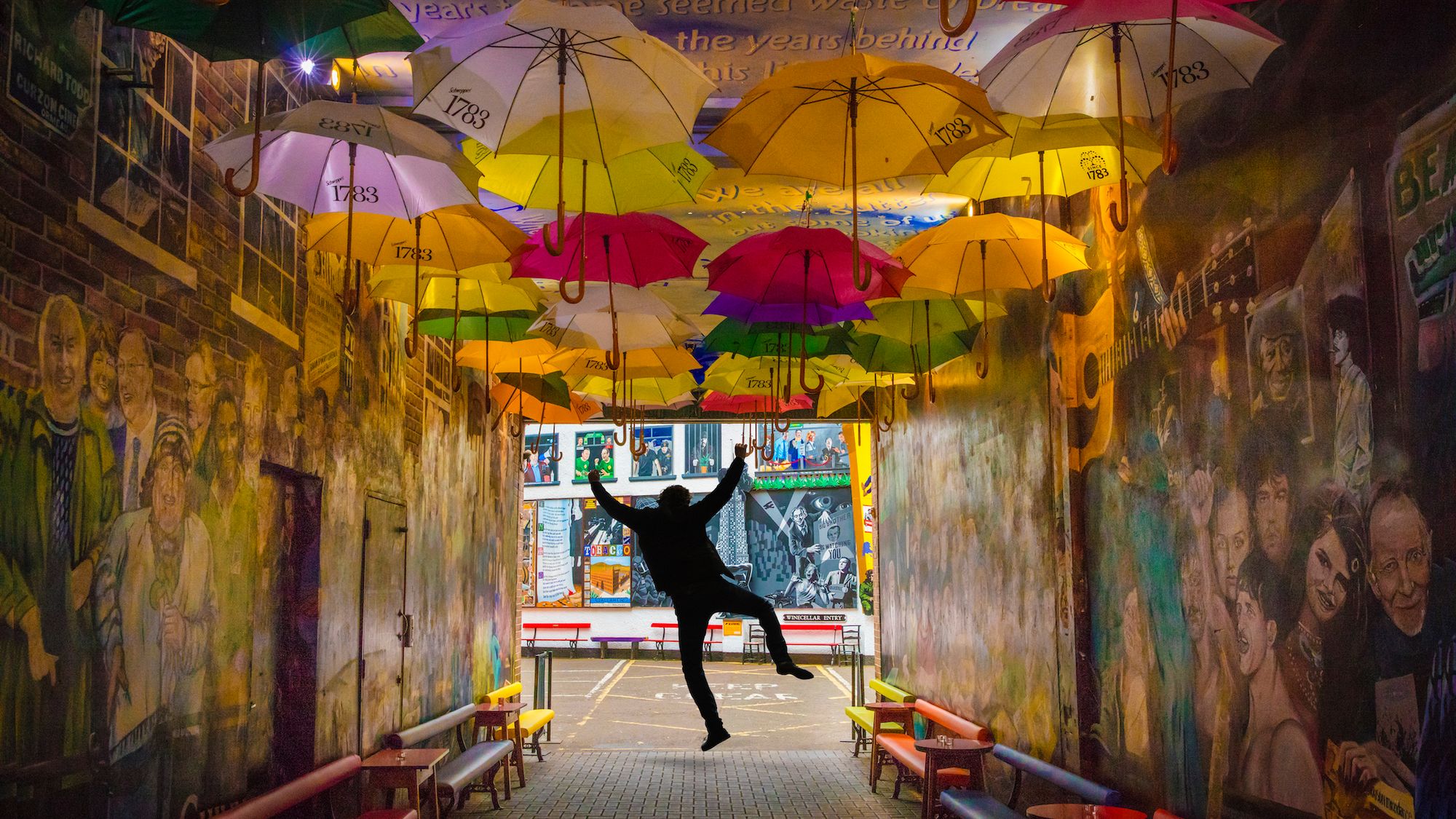
Literature and the Arts
When William Butler Yeats first visited Toronto, Kingston and Montreal in the winter of 1903-04, the great poet was speaking as an ambassador for an Irish Literary Revival. Locals at the time, also struggling to carve out a cultural identity separate from the British, didn’t quite know what to make of the man and what he stood for, but in the century and more since, the work of Yeats and other great Irish writers – from Lewis, Beckett, and Joyce, to Anne Enright and Seamus Heaney in more recent times – has been profoundly influential on the development of Canada’s own voice.
Then there’s Dublin-born Emma Donoghue, whose 2010 novel Room was shortlisted for the Man Booker, and subsequently adapted into a terrifying film for which Brie Larson won Best Actress at the Academy Awards. And when you look at Canadian comedy, the Irish blood’s not hard to spot: there’s the great Catherine O’Hara (Mary Margaret’s sister), currently resident of Schitt’s Creek, and the legendary Martin Short, whose father came as a stowaway from Crossmaglen, South Armagh.
Meanwhile, the art of Kent Monkman, a Winnipeger of Cree and Irish descent, is amongst the most important of contemporary Canadian work. Monkman’s unforgettable work, and his alter-ego of Miss Chief Eagle Testickle, reclaims the story of colonisation with a little bit of fun, infusing the language of the overly serious and technical landscape painting of colonial times with irreverence, anger, and unavoidable truths.
And then there’s the greatest Canadian art, ice hockey. Even there, the Irish have a little more influence than you’d think – take Bobby Orr, for instance. There aren’t many greater, but did you know his grandfather was a soccer pro from Ballymena?

Tracing it Back
No Yeats devotee can visit Ireland without a visit to the site of his great poem, The Lake Isle of Innisfree, to hear the lake water lapping with low sounds by the shore. The Yeats Building in the nearby town of Sligo contains a reference library of over 3,000 works and, every summer, spaces are available to join scholars gathering for an open Summer School devoted to the great poet’s work.
The links between Canada and Ireland, over the centuries and over the ocean, are as strong as they’ve ever been. These are only a few of thousands, if not millions, of individual stories of how it all traces back to where it started. The rest are out there waiting to be discovered.



